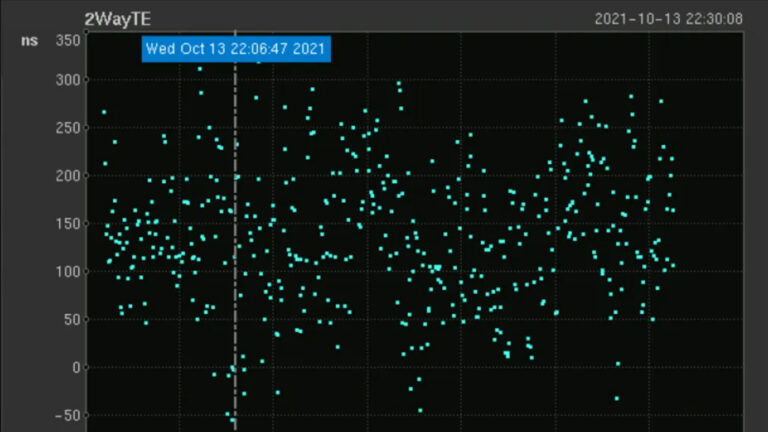
Applications are increasingly real-time and delay-sensitive, from distributed databases and 5G radio access networks (RANs) to gaming, video streaming, high-performance computing (HPC), and the metaverse. Nanosecond resolution time sync augments conventional computing in many ways, including: Through a series of collaborations, NVIDIA, Meta, and others in the Open Compute Project Time��
]]>
PTP uses an algorithm and method for synchronizing clocks on various devices across packet-based networks to provide submicrosecond accuracy. NVIDIA Spectrum supports PTP in both one-step and two-step modes and can serve either as a boundary or a transparent clock. Here��s how the switch calculates and synchronizes time in one-step mode when acting as a transparent clock. Later in this post��
]]>
In the old days of 10 Mbps Ethernet, long before Time-Sensitive Networking became a thing, state-of-the-art shared networks basically required that packets would collide. For the primitive technology of the time, this was eminently practical�� computationally preferable to any solution that would require carefully managed access to the medium. After mangling each other��s data��
]]>